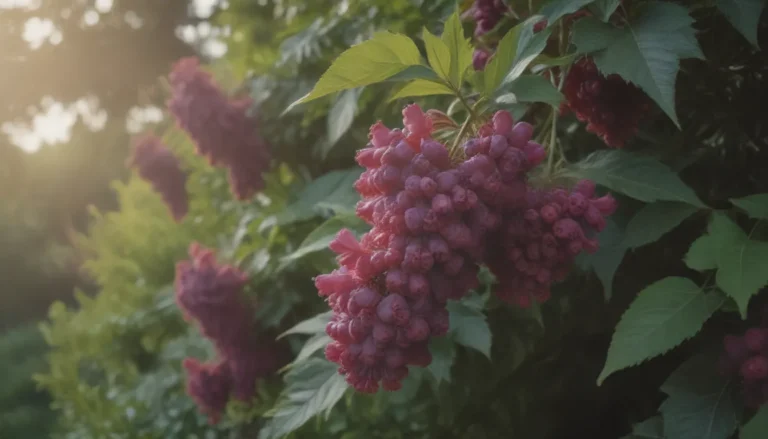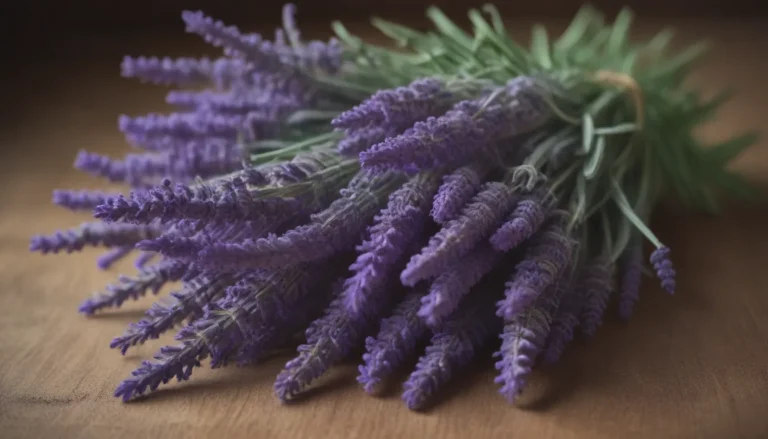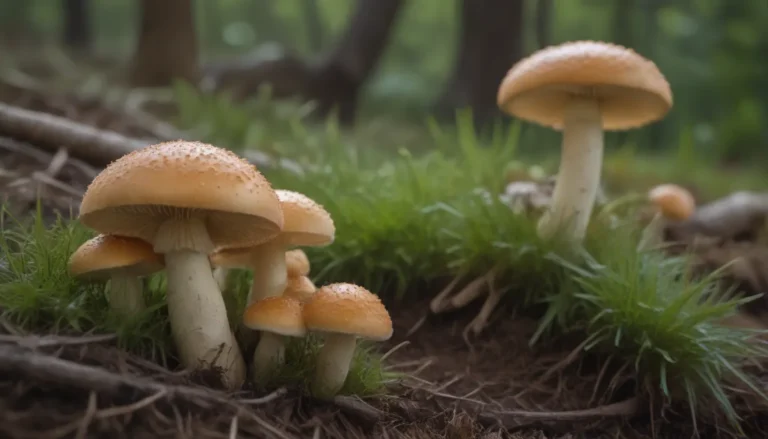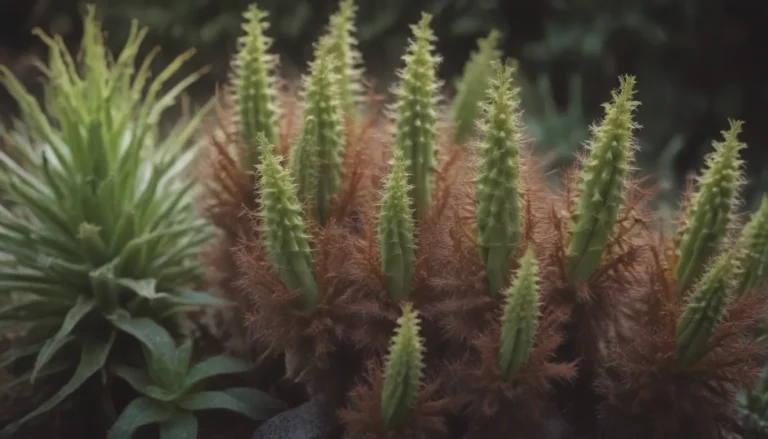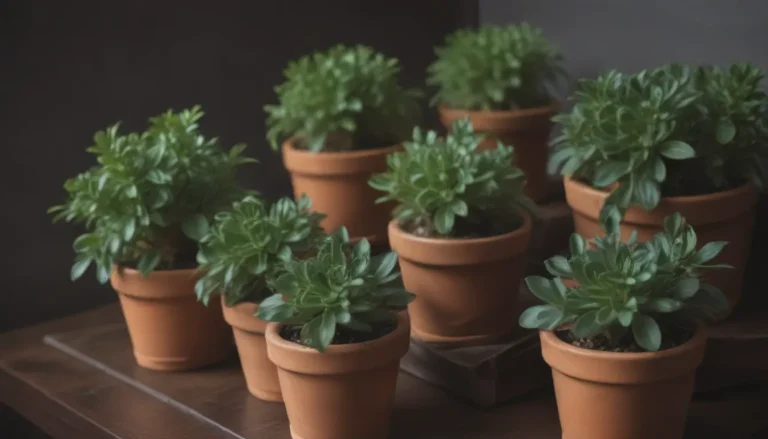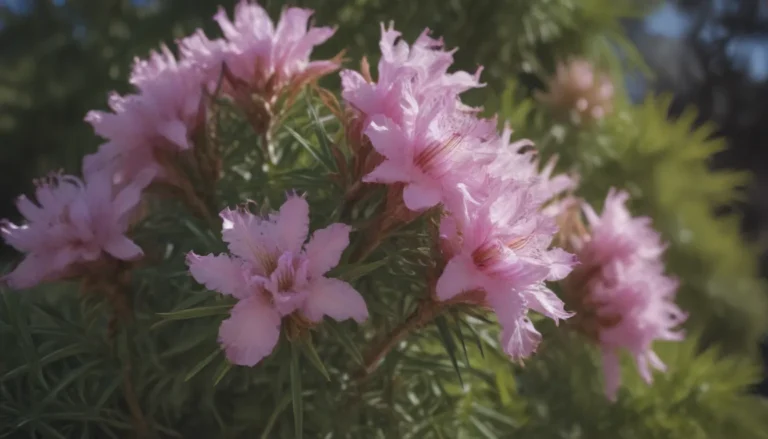Comprehensive Guide on Growing and Caring for Fuchsia Plants
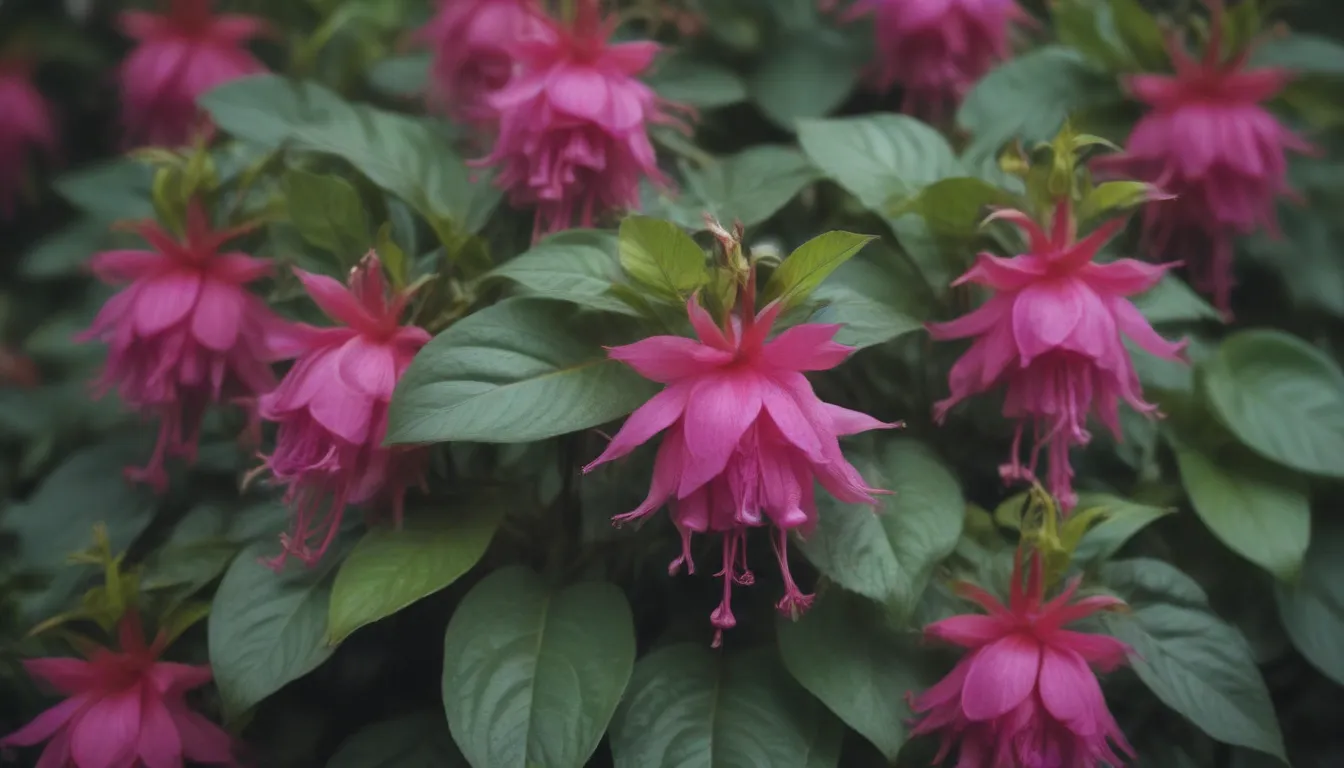
Are you looking to add a touch of vibrant color to your garden or brighten up your outdoor containers? Fuchsias are the perfect option with their beautiful, dangling flowers that bloom from spring to fall. In this detailed guide, we will explore everything you need to know about cultivating and caring for fuchsia plants. From choosing the right type to pruning and propagation tips, we’ve got you covered!
Overview of Fuchsia Plants
Fuchsias belong to a genus containing over 100 woody shrubs and trees, but the most commonly found varieties are hybrids ideal for hanging baskets and containers. These plants are popular for their elegant, drooping flowers that attract hummingbirds, adding a delightful touch to any outdoor space. Whether you’re a seasoned gardener or a beginner, fuchsias are relatively easy to grow with the proper care.
Choosing the Right Fuchsia
When selecting a fuchsia plant for your garden or containers, consider the following popular cultivars known for their vibrant colors and growth habits:
– ‘Swingtime’
– ‘Army Nurse’
– ‘Rapunzel’
– ‘Phyllis’
Choosing the right type of fuchsia will depend on your preferences for flower color and growth pattern. Whether you prefer upright or trailing varieties, there are plenty of options to suit your taste.
Steps for Growing and Caring for Fuchsia
1. Planting Fuchsias
- Wait until the weather is consistently above 50 degrees Fahrenheit before planting fuchsias.
- Choose a location with part shade to full shade, as these plants prefer cooler conditions.
- Ensure the soil is consistently moist but well-draining, with added organic matter for optimal growth.
2. Light and Water Requirements
- Fuchsias thrive in part shade to deep shade, making them perfect for areas with minimal sunlight.
- Keep the soil moist but not soggy, particularly in humid climates.
- Indoor fuchsias prefer bright indirect light for healthy growth.
3. Temperature and Humidity
- Maintain temperatures between 55 and 80 degrees Fahrenheit for happy fuchsia plants.
- Humidity is crucial for fuchsia plants, especially in dry climates. Consider misting the plants regularly.
4. Fertilizing Fuchsias
- During the blooming season, fuchsias have a high appetite for nutrients. Feed them regularly with diluted liquid fertilizer.
- A combination of fish emulsion and seaweed fertilizer can promote healthy growth and abundant blooms.
Pruning and Propagation Tips
- Regular pruning can help keep fuchsia plants vibrant and encourage new blooms.
- Trailing fuchsia plants can be pruned by removing thin or brittle growth at any time.
- Propagate fuchsia plants through stem cuttings in the spring for easy propagation.
Potting and Repotting Fuchsias
- Fuchsias look stunning in pots or combined with complementary plants like oxalis or angel wing begonias.
- Choose a suitable pot size, one size larger than the nursery pot, for optimal growth.
- Repot fuchsia plants as needed to provide ample space for root growth.
Overwintering Fuchsias
- Some gardeners opt to discard fuchsias in winter, while others attempt to overwinter them indoors.
- Maintain a humid environment for indoor fuchsias during the winter months.
- Cut back plants and water sparingly to prevent root rot and encourage regrowth in the spring.
Common Pests and Diseases
- Fuchsia plants are susceptible to aphids, spider mites, and whiteflies, especially when brought indoors.
- Use insecticidal soaps to control pests and maintain plant health.
Tips for Encouraging Bloom
- Pinch back faded flowers to promote new growth and encourage continuous blooming.
- Fuchsia plants flower on new growth, so regular pruning is essential for vibrant blooms.
By following these comprehensive tips and guidelines, you can successfully grow and care for fuchsia plants in your garden or containers. Whether you’re a seasoned gardener or a beginner, fuchsias are a delightful addition to any outdoor space. With their vibrant colors and unique growth habits, these plants are sure to brighten up your garden and attract pollinators like hummingbirds. Embrace the beauty of fuchsias and enjoy a stunning display of flowers throughout the growing season!
References:
– “Fuchsia-Root Rot.” Pacific Northwest Pest Management Handbooks, 11 Sept. 2015, http://pnwhandbooks.stage.extension.oregonstate.edu/plantdisease/host-disease/fuchsia-root-rot
– “Managing Pests in Gardens: Trees and Shrubs: Fuchsia—UC IPM.” Ucanr.Edu, http://ipm.ucanr.edu/PMG/GARDEN/PLANTS/fuchsia.html.
